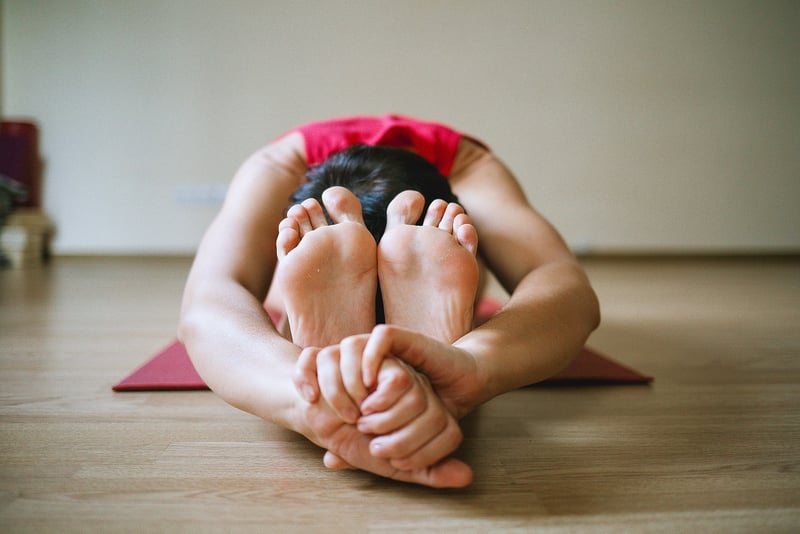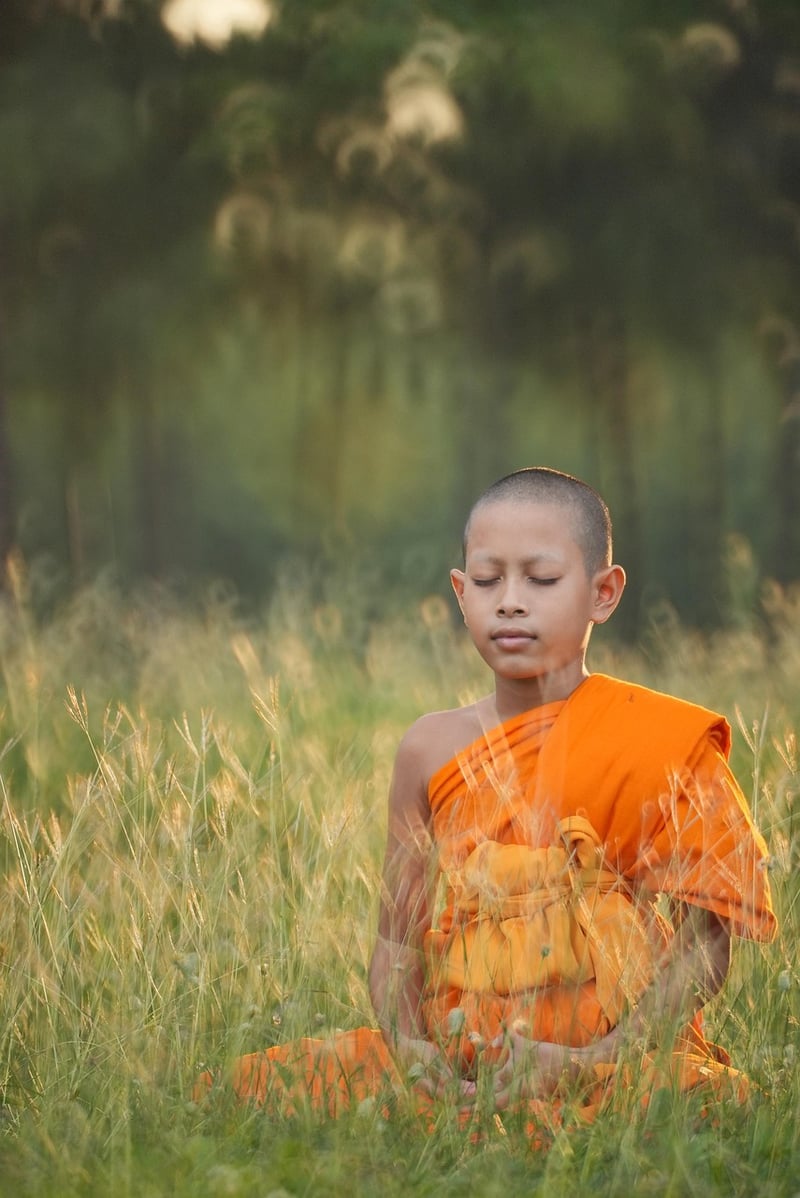Ashtanga Practice
The Power of Physical and Mental Exercise in Ashtanga Yoga Practice
Ashtanga yoga is a dynamic and physically demanding form of yoga that combines breath with movement in a specific sequence of poses. While the practice itself is challenging, incorporating physical and mental exercises alongside your Ashtanga practice can enhance its benefits and deepen your experience.
Benefits of Physical Exercise
Engaging in regular physical exercise outside of your Ashtanga practice can help improve strength, flexibility, and overall physical well-being. Activities such as running, swimming, or weight training can complement your yoga practice by targeting different muscle groups and promoting full-body fitness.
Image source: Link

Benefits of Mental Exercise
Practicing mental exercises such as mindfulness meditation, visualization, or breathwork can help cultivate a calm and focused mind. These practices can complement the mental discipline required in Ashtanga yoga, enhancing your ability to stay present and centered during challenging poses.
Image source: Link

Integrating Physical and Mental Exercise
Combining physical and mental exercises with your regular Ashtanga practice can create a holistic approach to well-being. By nurturing both your body and mind, you can experience improved focus, balance, and inner strength on and off the mat.
Remember to listen to your body and mind's needs, and explore different forms of exercise and meditation to find what resonates best with you. Embrace the journey of self-discovery and growth through the power of physical and mental exercise in your Ashtanga yoga practice.
